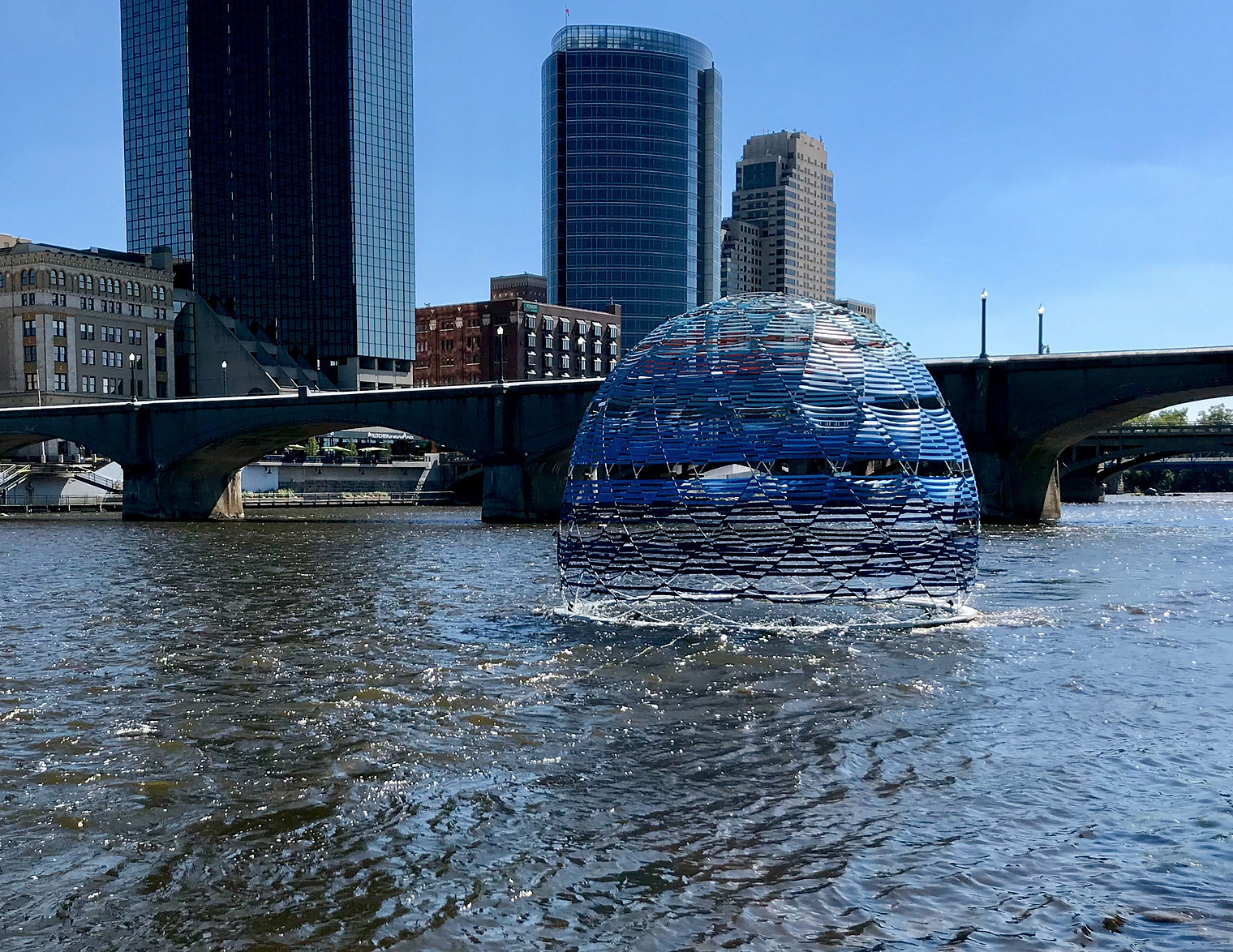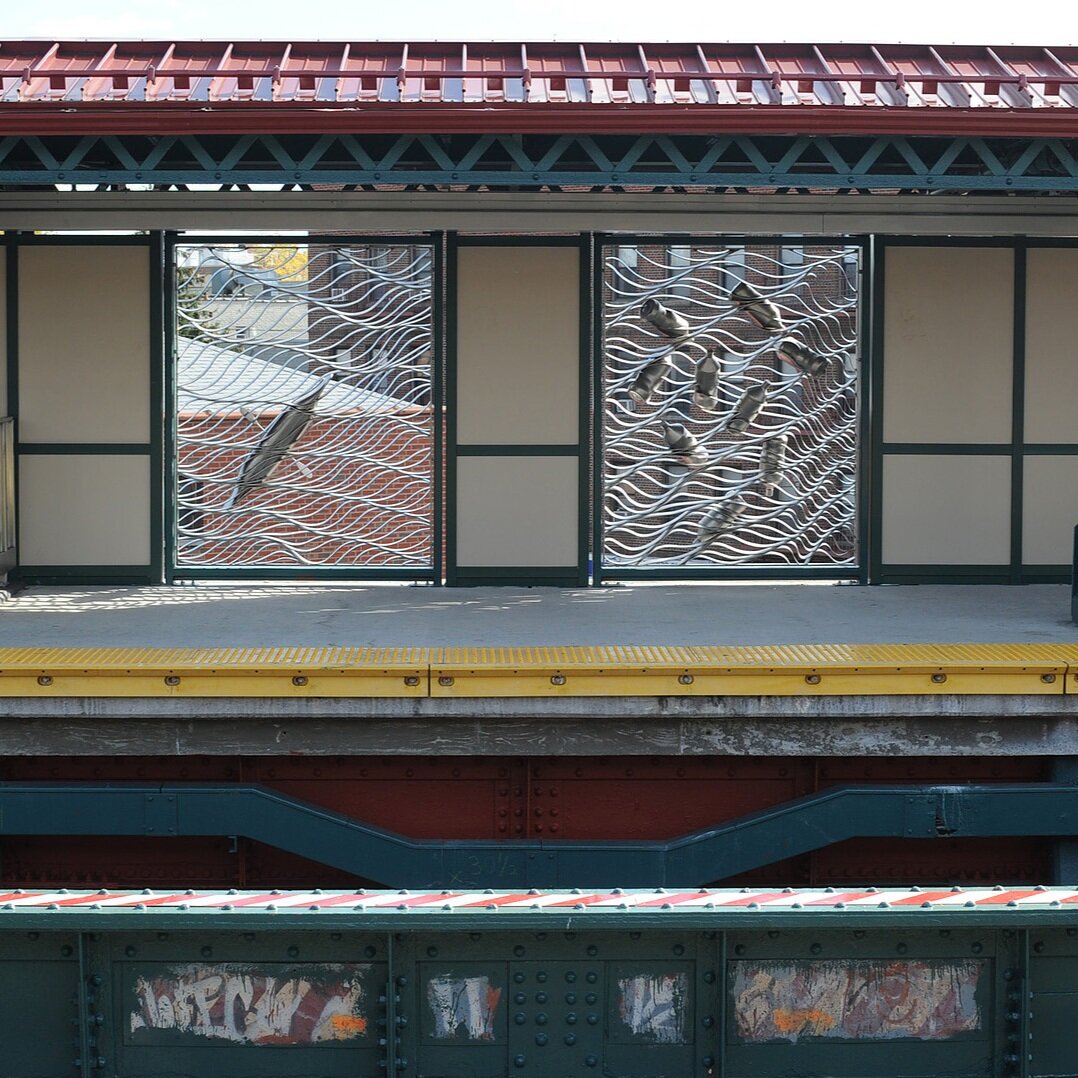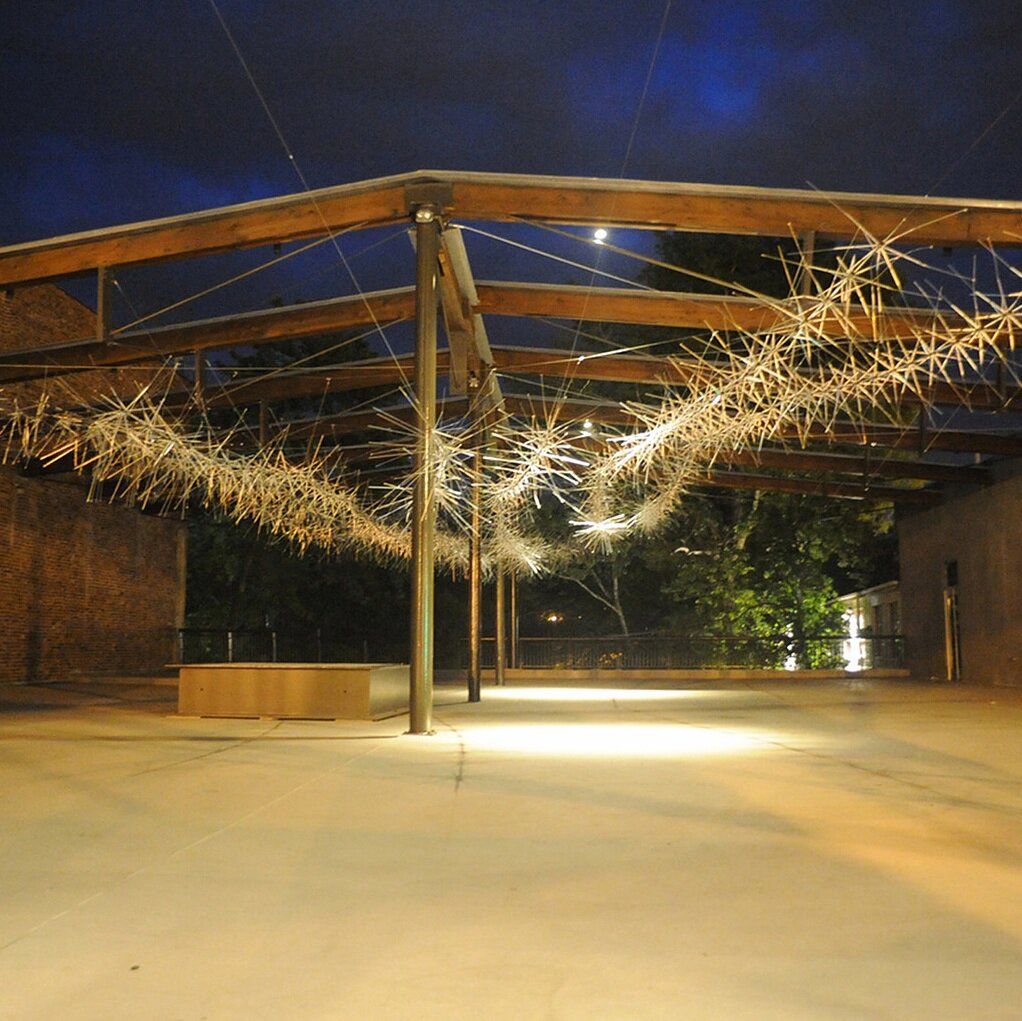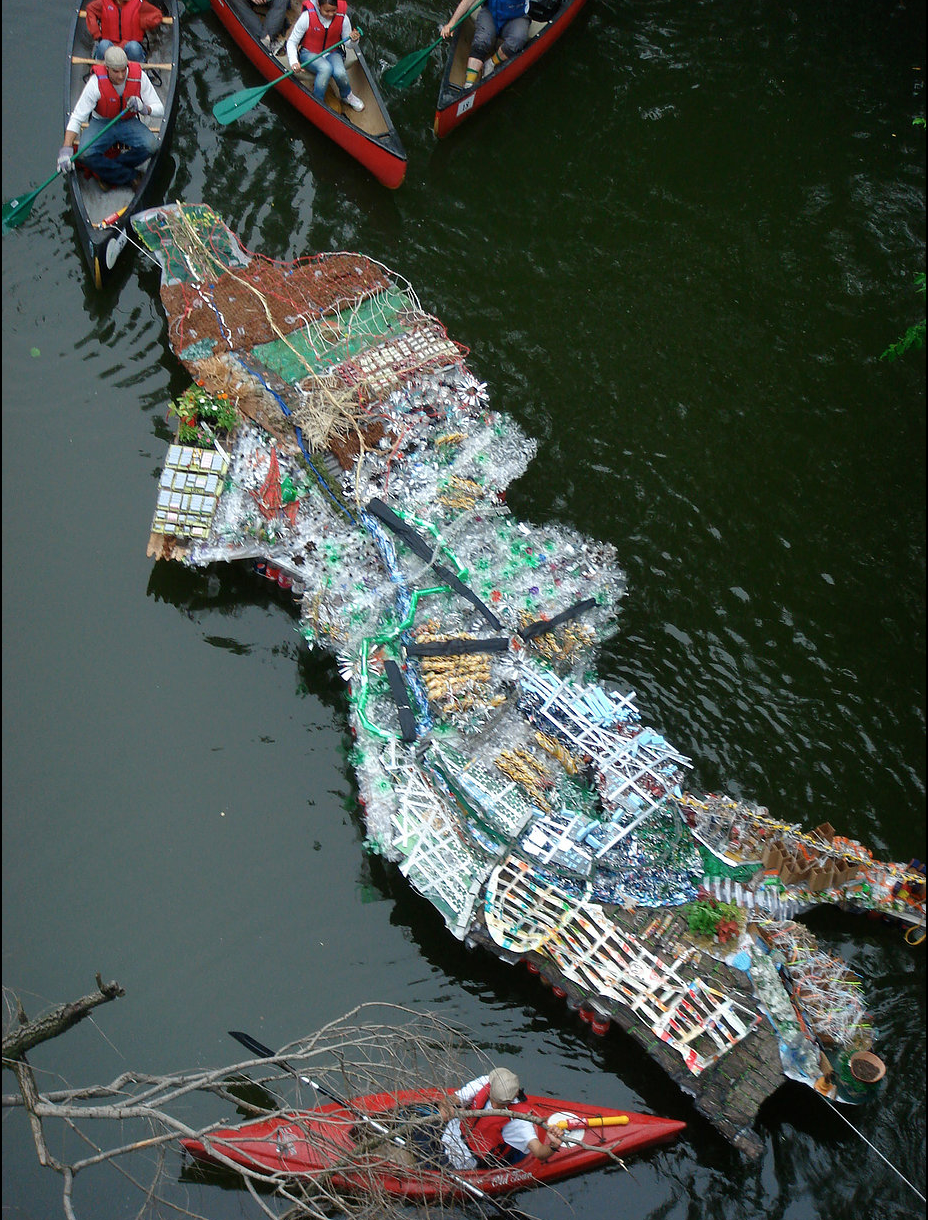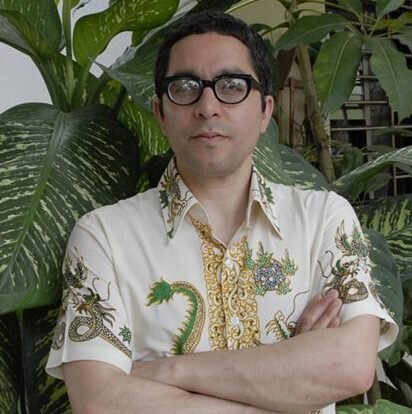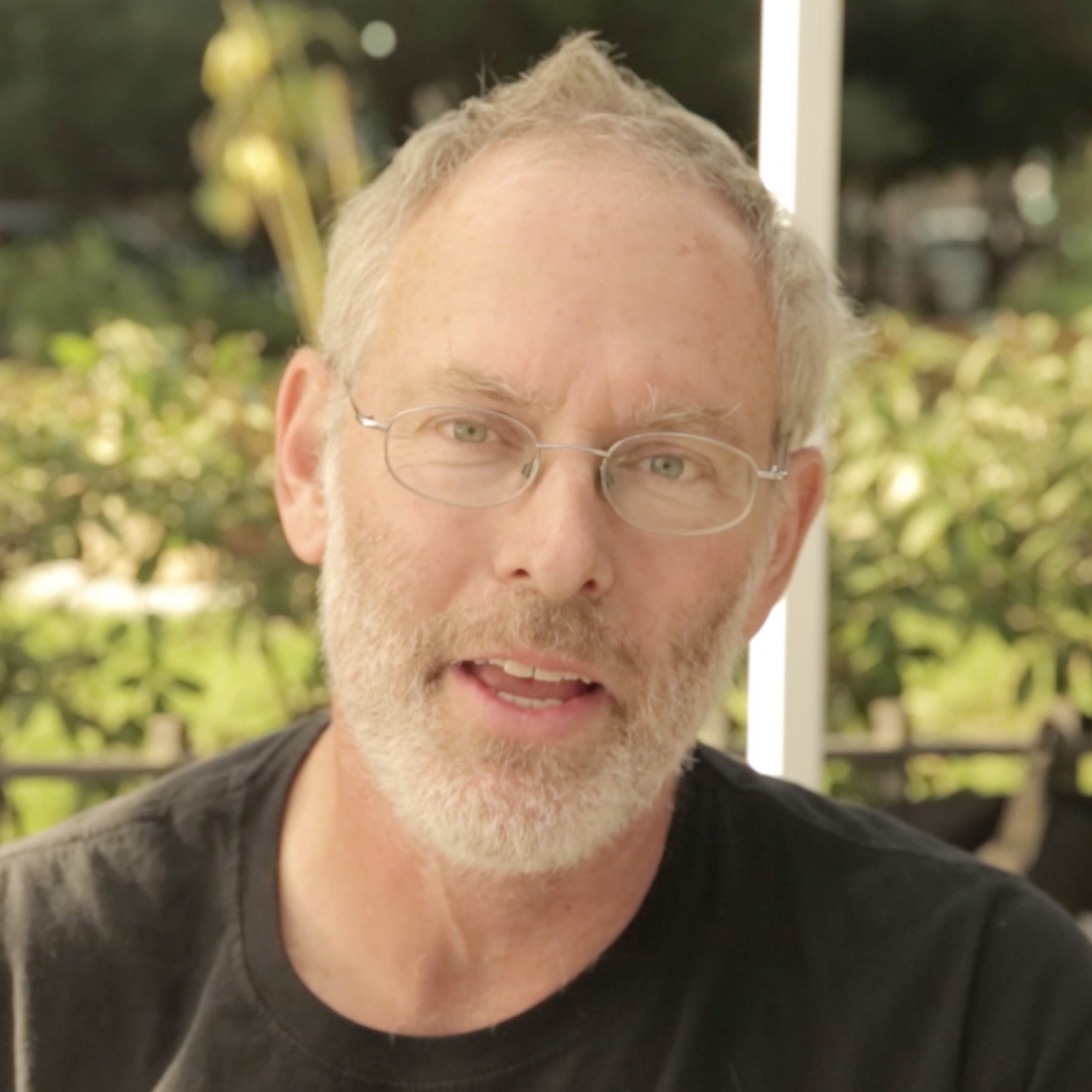SLO Architecture
SLO Architecture joined CALL’s team of artists in spring 2015 when they led “Revitalizing Urban Waterways,” a Broadway:1000 Steps CALL WALK. The walk, co-led by hydrologist Theo Barbagianis, envisioned reconnecting and rejuvenating the fragmented waterways around Van Cortlandt Park. In 2018, SLO began working on Finding Tibbetts Brook. They created a mobile wetland that traveled through Bronx and Manhattan Neighborhoods during the summer and fall, Built atop an 8’’x 16’’ flatbed trailer, the mobile wetland modeled a slice of the ecosystem that once flowed through marshlands and mudflats into Spuyten Duyvil Creek and the Harlem River. The mobile wetland brought communities around Van Cortlandt Park and Marble Hill closer to their evolving landscape, and portrayed the effect that the future Tibbetts’ wetland will have on recreating the streetscape.
Amanda Schnachter and Alexander Levi, native New Yorkers, founded SLO Architecture, which links design with social action to address both physical and cultural conditions in challenging neighborhoods. Schnachter and Levi won the 2012 New Practices New York award, a biennial award of the NY Chapter of the American Institute of Architects. In 2011, they received an MCAF grant from the Lower Manhattan Cultural Council for Harvest Dome, a floating public artwork for the Inwood Hill Park Inlet in Manhattan.
Rescuing Tibbetts Brook: Finding Tibbetts 2.0 — Fall 2018
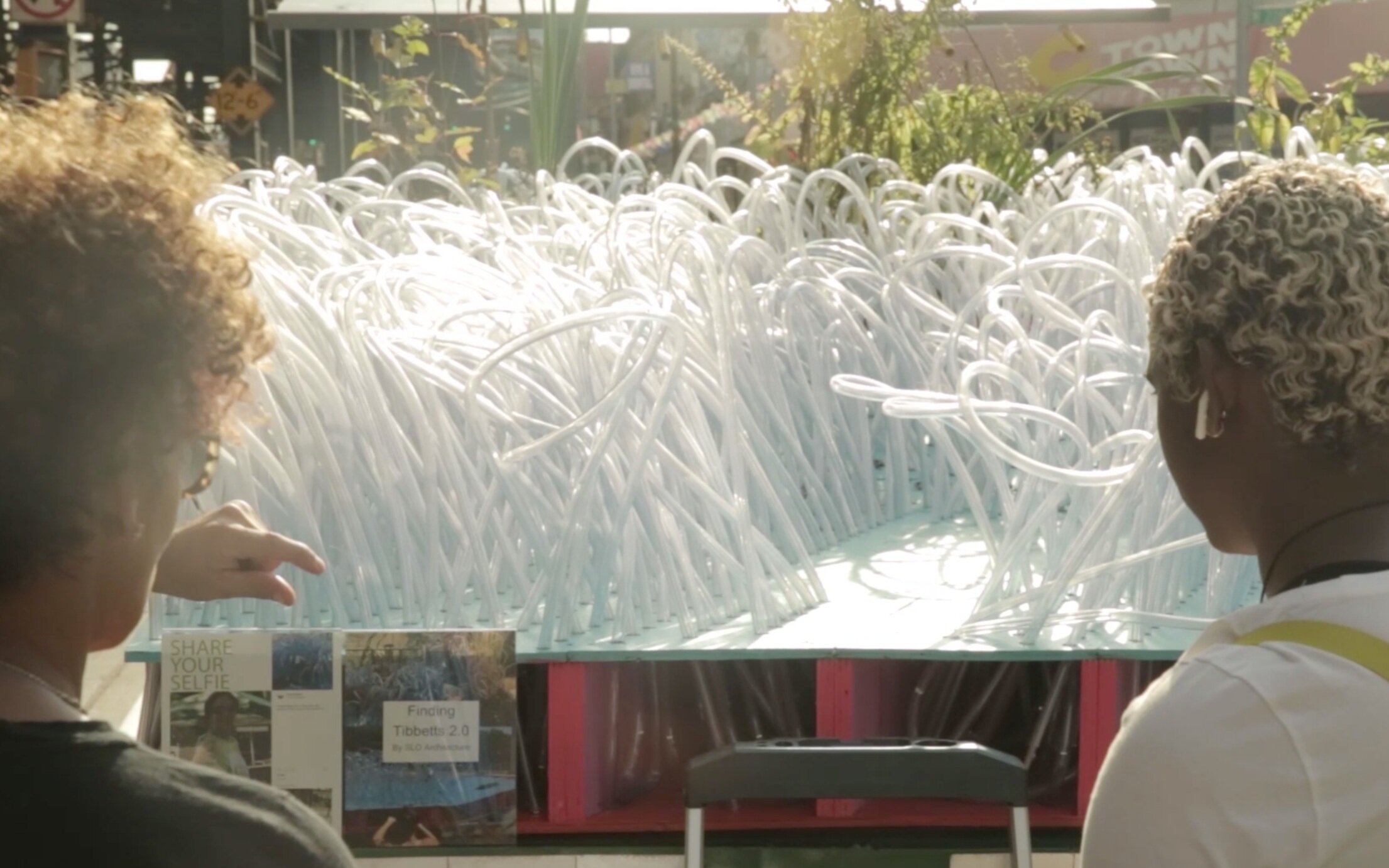
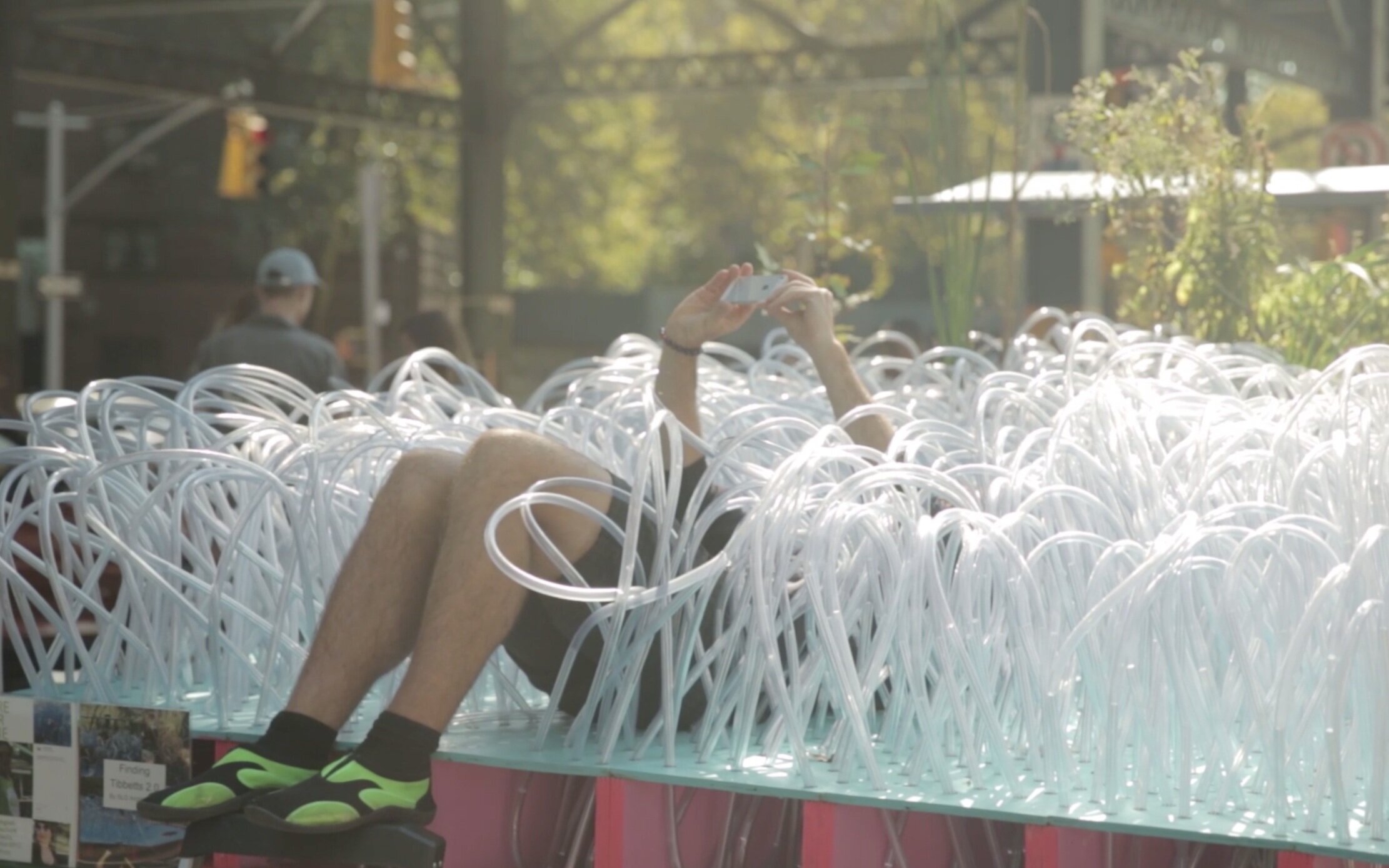
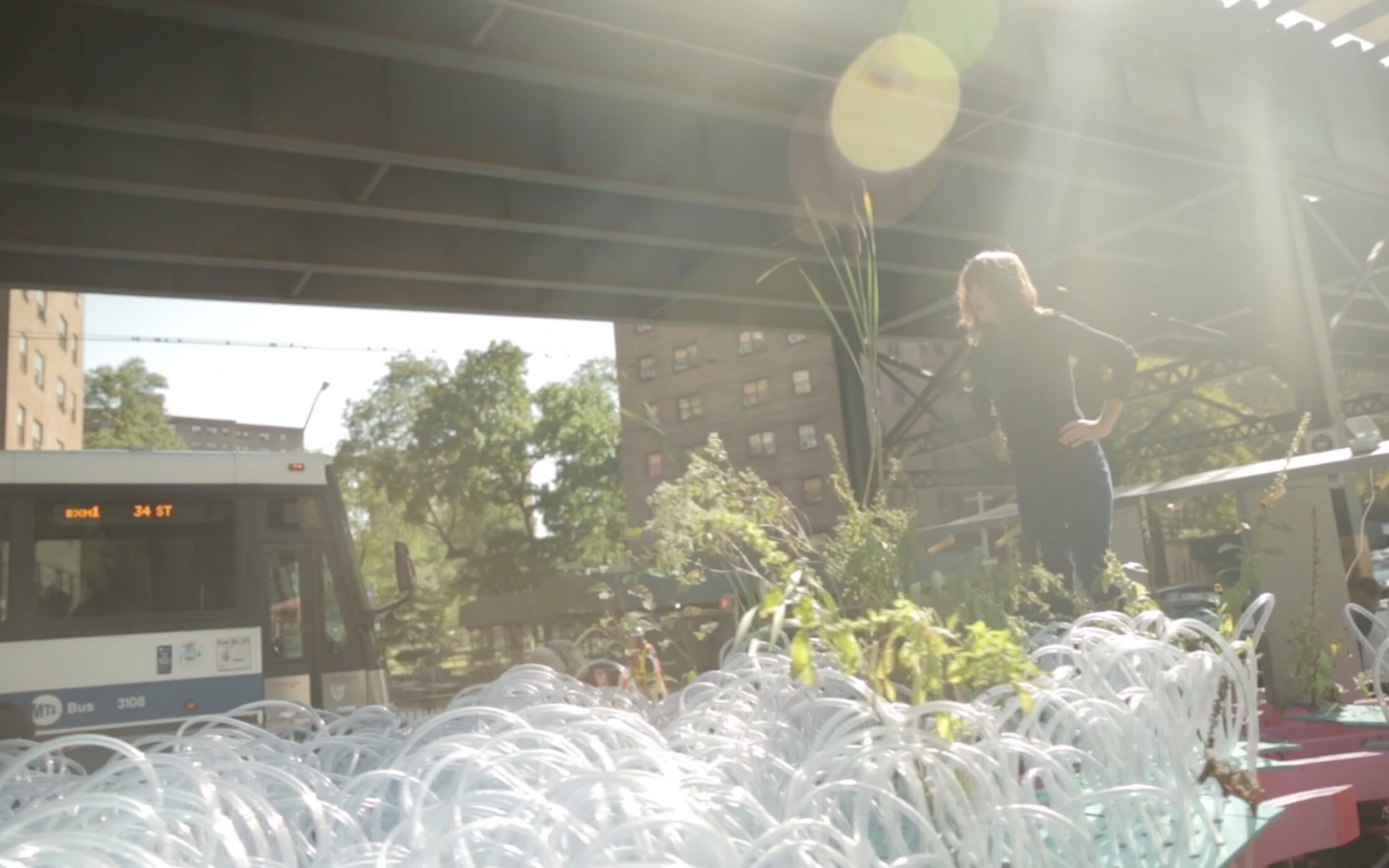
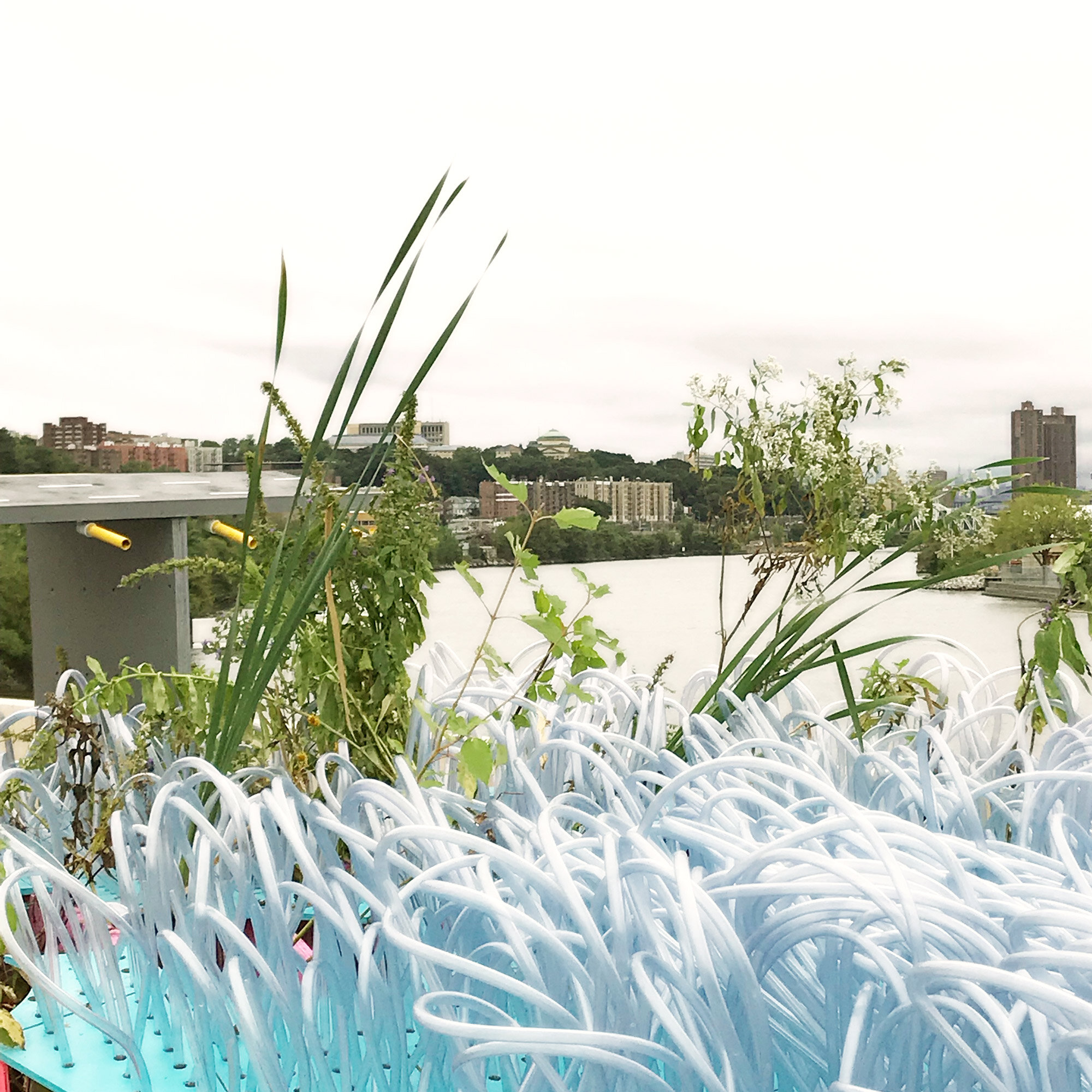
Finding Tibbetts 2.0 is a mobile wetland that traveled through the Bronx and Manhattan Neighborhoods during the summer and fall of 2018. Built atop an 8’’x 16’’ flatbed trailer, Finding Tibbetts modeled a slice of the ecosystem that once waned through marshlands and mudflats into Spuyten Duyvil Creek and the Harlem River. This project brought communities around Van Cortland Park and Marble Hill closer to their evolving landscape.
Beyond the simulated brook waters a live marsh was planted with native grasses. The grasses were grown from geotextile pads that float in a river-bed reservoir with clear sides to reveal their underwater root systems.
This work is part of CALL’s larger initiative in the Bronx: Rescuing Tibbetts Brook, a constellation of artist and designer-led projects that raise awareness of and engage the community in plans to remove Tibet’s Brook form the sewer system and restore it as a surface-level naturalized stream connecting from Van Cortlandt Park to the Harlem River.
Broadway: 1000 STEPS: Revitalizing Urban Waterways - SPRING 2015
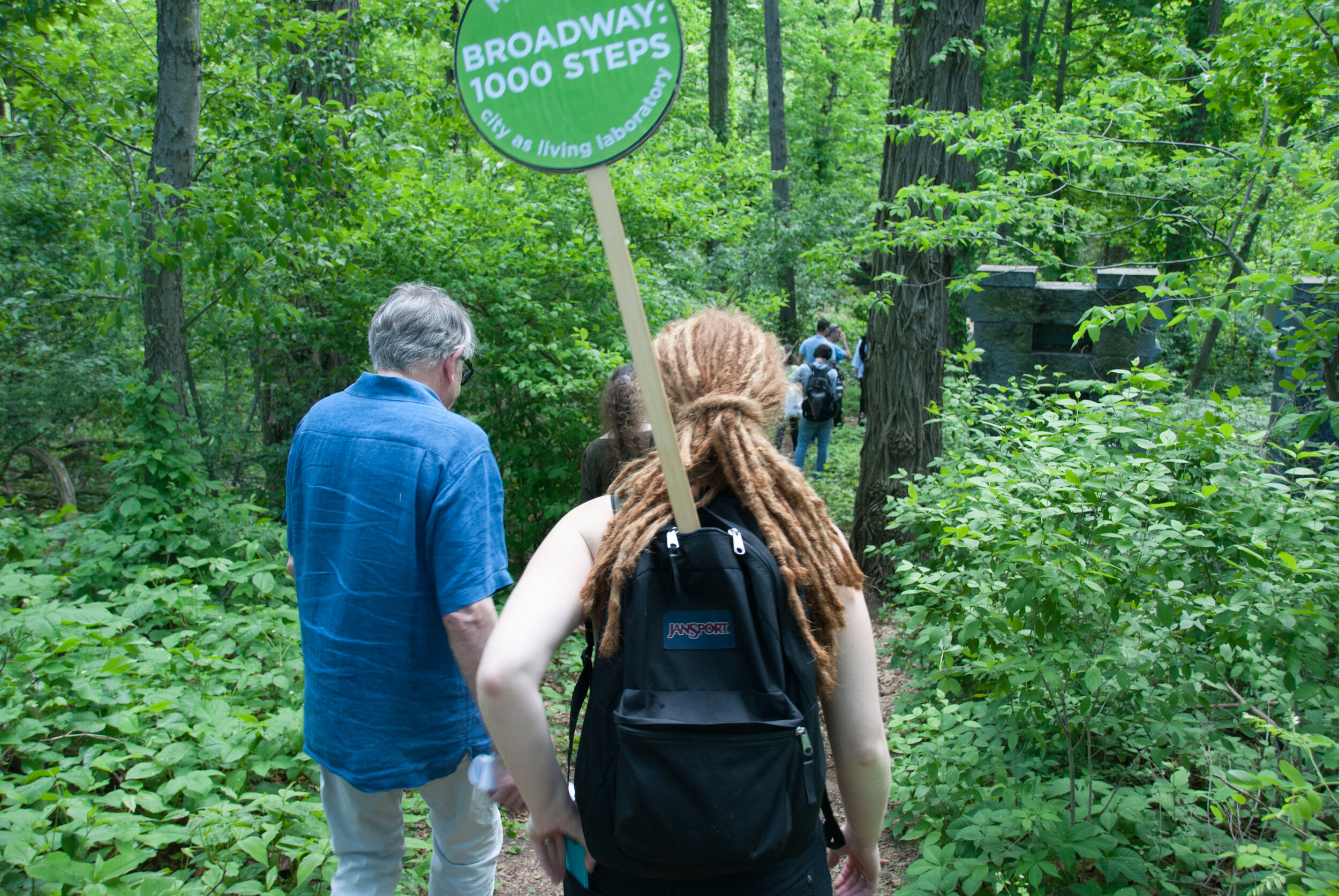

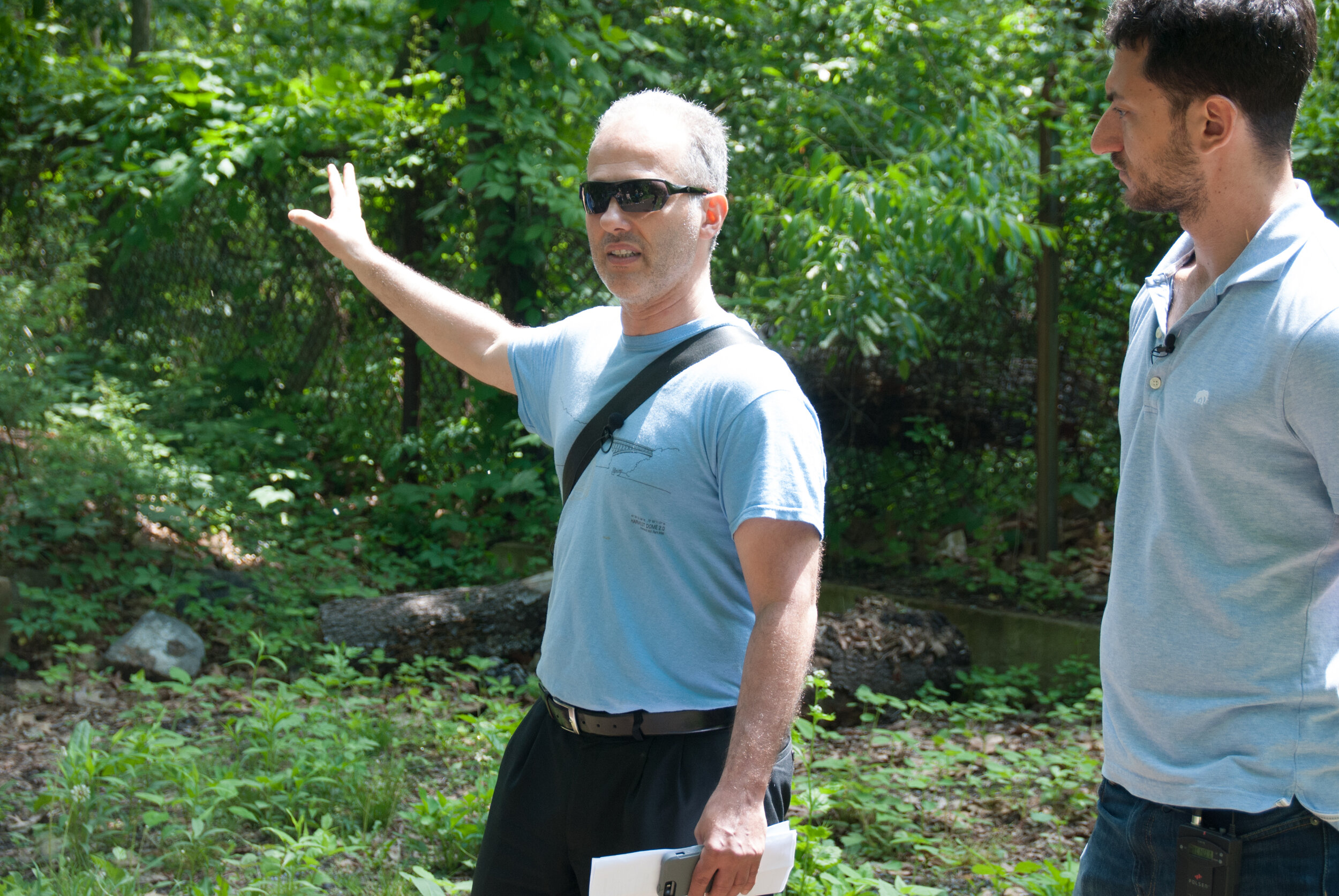
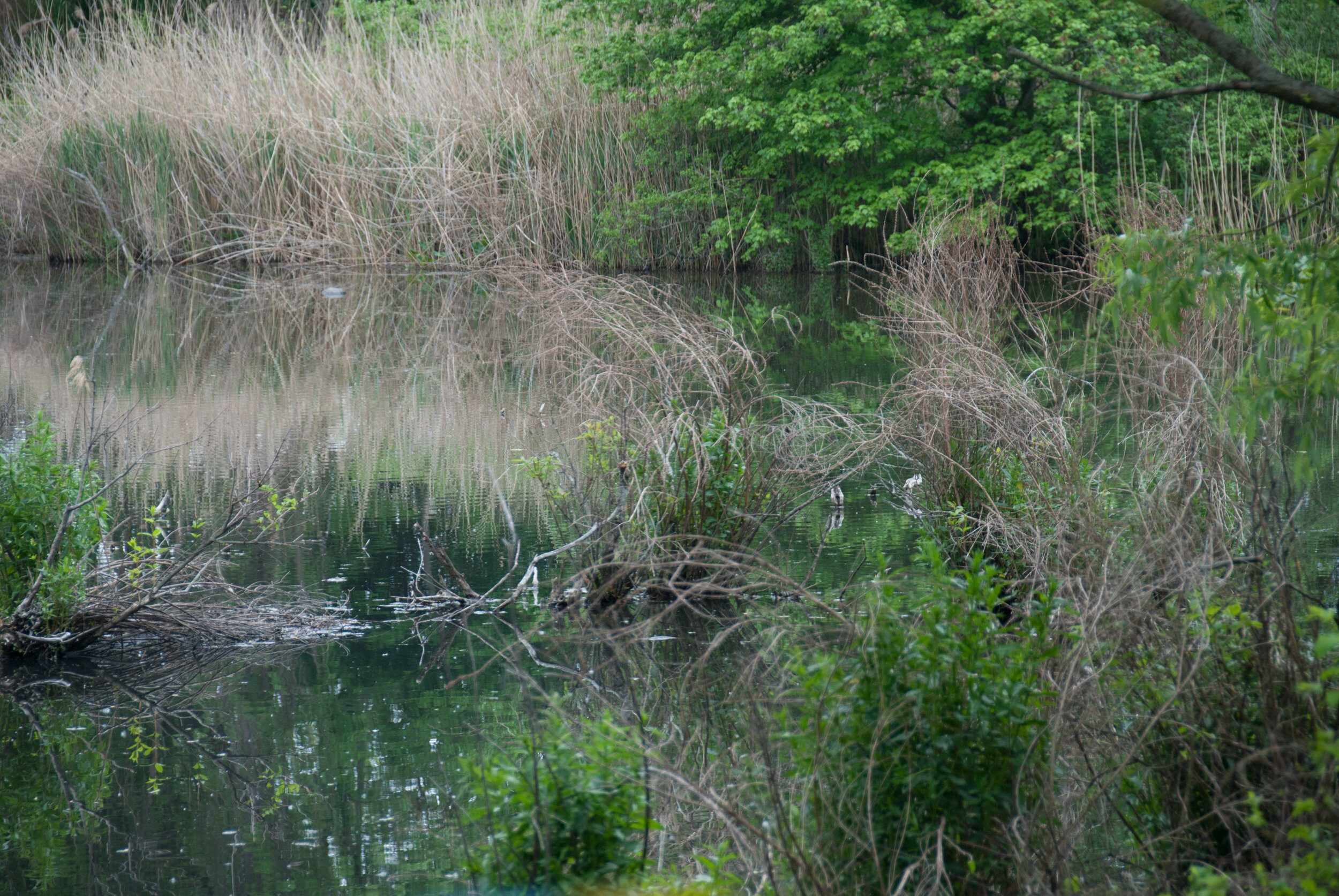
SLO Architecture and hydrologist Theo Barbagianis envision reconnecting and rejuvenating the fragmented waterways around Van Cortlandt Park. The WALK mission was to detect signs of former and latent natural riparian landscapes, as well as identify telling fragments of cityscape, to help uncover the possibilities to unlock and restore the ecological future of this Bronx neighborhood within the waterway network of New York City.
The NYC Department of Parks and Recreation states that the land around Van Cortlandt Stadium, as well as the adjacent Kingsbridge Green and Southwest Playground, was originally a freshwater marsh. Tibbetts Brook, which runs south from Westchester into Van Cortlandt Lake, is one of the last remnants of the former marsh and one of the last remaining freshwater wetlands in New York City. The Department of Parks and Recreation states that freshwater marshes help to slow erosion, prevent flooding by retaining and slowly releasing storm water, and filter and decompose pollutants.
This walk is a part of CALL/WALKS, an ongoing series of artist and scientist led public walks diving deep into urgent, local environmental concerns and innovative ideas to overcome them. This particular walk connects to CALL’s larger initiative in the Bronx: Rescuing Tibbetts Brook. This initiative is a constellation of artist and designer-led projects that raise awareness of and engage the community in plans to remove Tibet’s Brook form the sewer system and restore it as a surface-level naturalized stream connecting from Van Cortlandt Park to the Harlem River.


